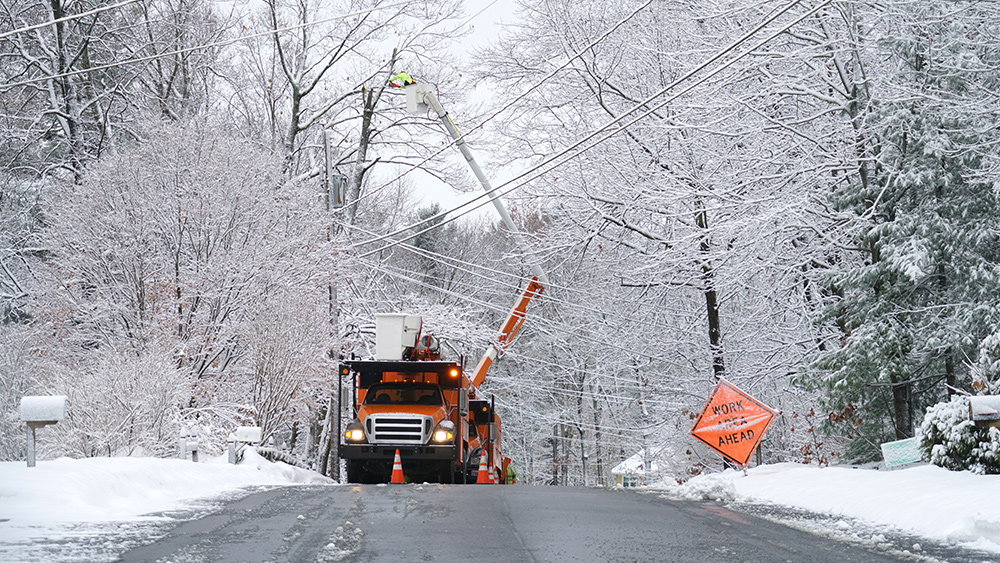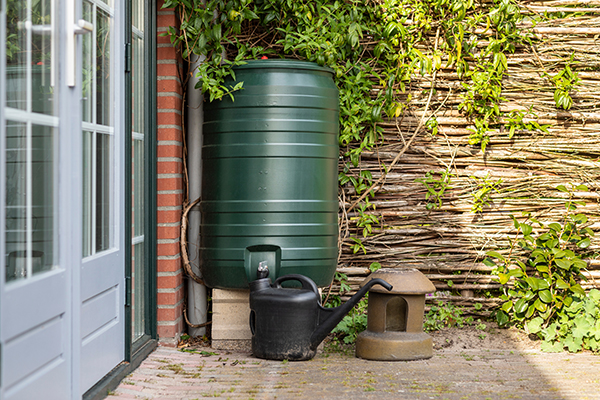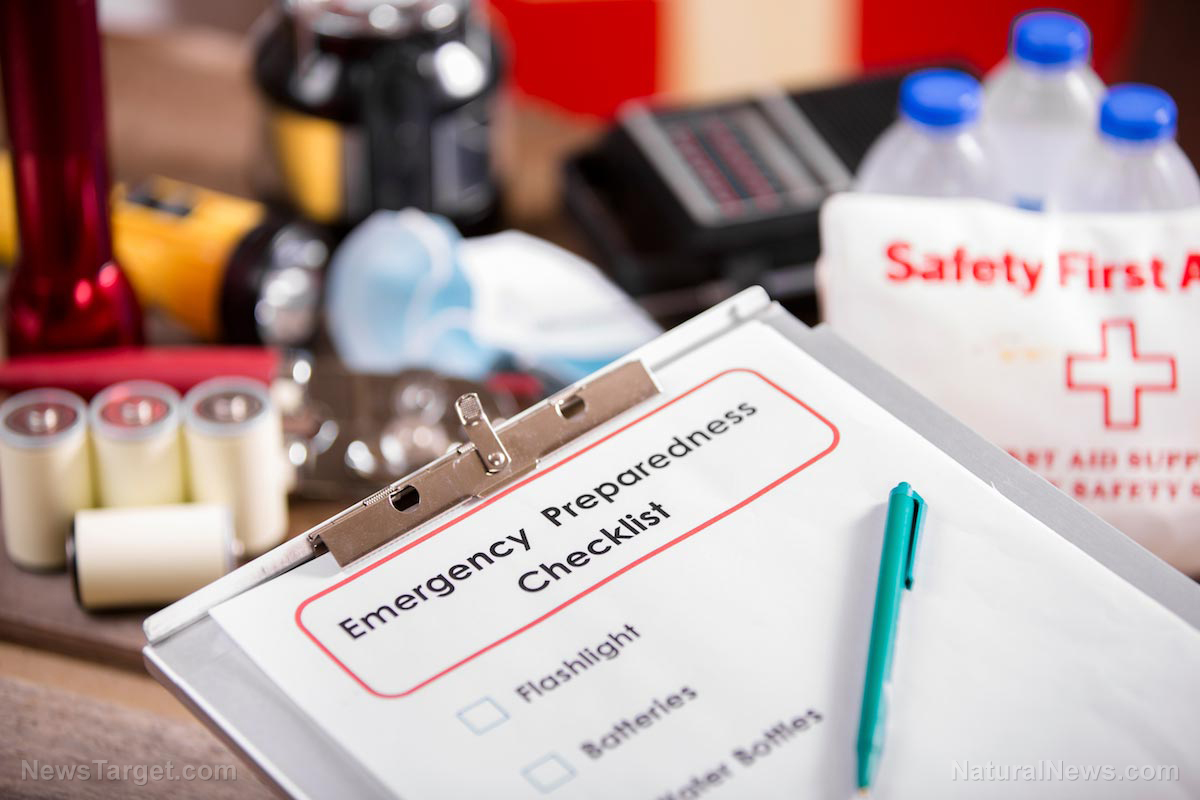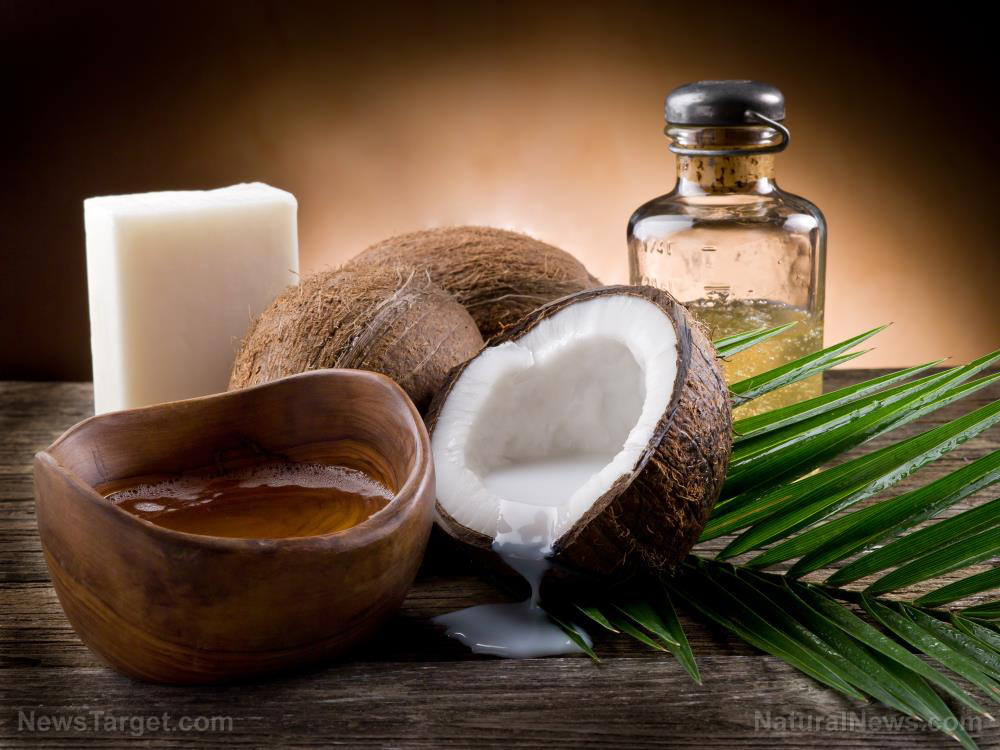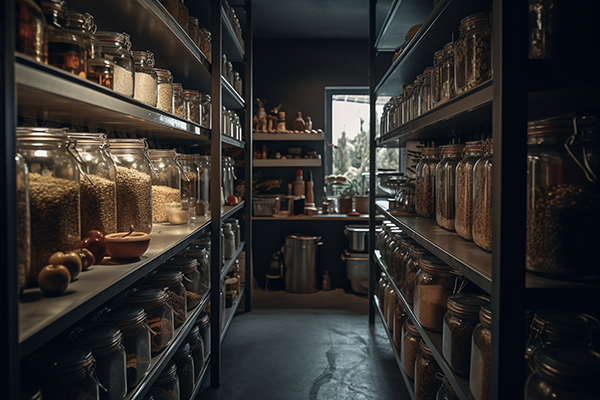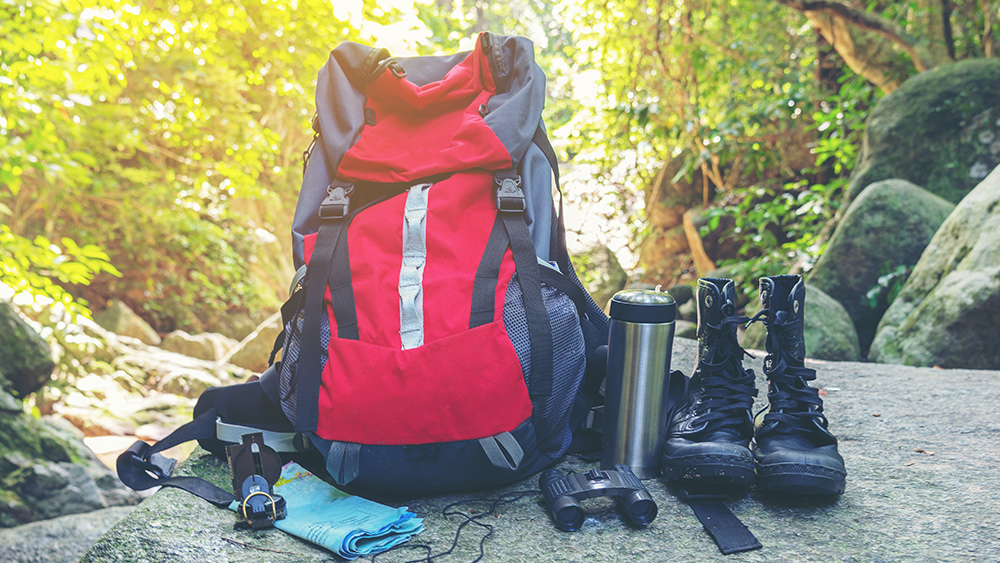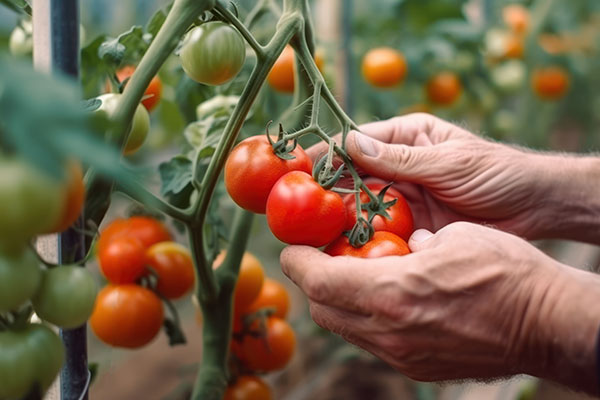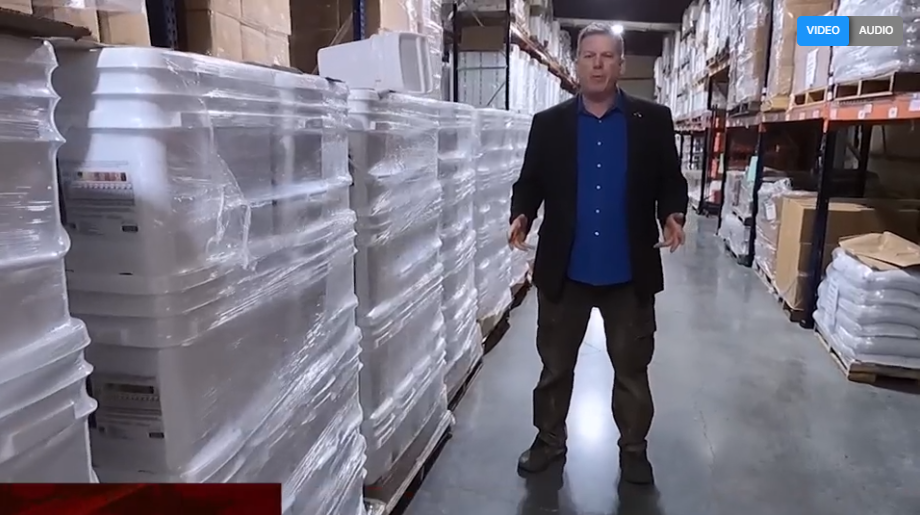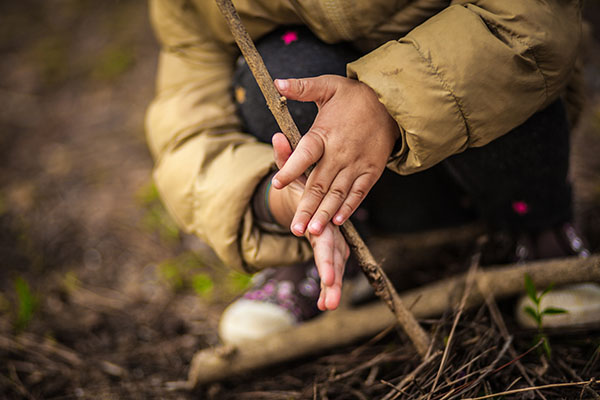Emergency prepping: 10 Survival uses for SUGAR
01/14/2025 / By Evangelyn Rodriguez

Sugar is a pantry essential that is used in everyday cooking. Foremost a sweetener, sugar is one of the most useful ingredients to have in the kitchen. But did you know that sugar also has many survival uses and can be a lifesaver in times of emergencies?
One of the greatest advantages of sugar is its long shelf life. When stored properly, sugar can last indefinitely, making it an excellent emergency item to store in bulk. For long-term storage, keep sugar in dry, opaque, airtight and moisture/odor-proof containers, such as polyethylene or Mylar bags, food-grade plastic buckets, glass canning jars or #10 cans. (Related: Sugar: Cheap, effective wound treatment with a long shelf life.)
Here are some emergency uses for sugar you may not know of: (h/t to FoodStorageMoms.com)
Accessible source of energy
Sugar can provide quick energy when you need it most. A form of carbohydrate, swallowing even a small amount of sugar can give you enough calories (about four calories per gram) to keep you going. In fact, sugar provides the same amount of energy (16 kilojoules, kJ) per gram as other sources of carbs, such as bread, pasta, rice and fruits.
Natural food preservative
When you use sugar in your homemade jams and jellies, it serves a dual purpose: Not only does it add sweetness, but sugar also helps preserve their color, texture and flavor. Sugar works naturally as a preservative by absorbing water from foods; by reducing their moisture content, sugar creates a less suitable environment for food-spoiling microorganisms to grow. (Related: Food preservation techniques: Keep your pantry stocked for any crisis.)
First aid for wounds
Sugar’s ability to inhibit bacterial growth can also come in handy for treating wounds. Since ancient times, healers have been using sweetening agents like honey, molasses and syrups to clean wounds, prevent infections and promote faster healing. Today, granulated sugar is used in clinical settings to deal with various types of wounds. Sugar, when used to fill a wound, dissolves in tissue fluid, lowering water activity in the wound area which prevents the growth of bacteria.
Emergency hydration
Sugar and salt naturally stimulate cells to take up more water. This is very useful in times of illness when rehydration is needed. If you need to replenish lost electrolytes, you can make an emergency rehydration solution at home by mixing 1/4 to 1/2 teaspoon of salt, two tablespoons of sugar and juice from half a lemon or orange with four cups of water. The salt will provide sodium while the citrus fruit will provide potassium. Sugar will encourage water uptake and make the solution more palatable.
Excellent barter item
Because of its versatility, sugar makes a great item for trading and bartering when SHTF. Stock up on this valuable commodity so you’ll have plenty to use to your advantage in survival situations. (Related: Bullets, batteries and more: 13 Bartering items to stock up on while preparing for the financial crash.)
Bait for insect traps
Mosquitoes, flies and many other insects are attracted to sugar, making it an excellent bait for homemade insect traps. To deal with pesky mosquitoes without using chemical sprays, set a simple trap using an empty plastic soda bottle and sugar dissolved in water as bait. You can also use sugar water to entrap pesky flies. Alternatively, you can mix a bit of sugar with petroleum jelly in small containers and place these in areas around your home where bugs are most likely to roam. This is a simple yet effective way of dealing with ants and cockroaches.
Fermentation fuel
Fermentation is one of the oldest food preservation methods known to man. It is also a useful natural process that transforms raw food into different kinds of products. You can make healthy ingredients like yogurt and miso, side dishes like sauerkraut and kimchi, or beverages like kombucha and root beer by fermenting the right combinations of fruits and/or vegetables. All you need is a starter culture and sugar to kick-start the fermentation process.
Natural exfoliant
Sugar is often used to make DIY face and body scrubs. Experts say that sugar is an excellent exfoliator that can “slough off dry skin and help with acne,” and is commonly used together with a humectant for moisturizing and a fragrant essential oil with skin-supporting properties for extra benefits and aromatherapy. For a simple scrub that you can use on your lips, simply mix two tablespoons of superfine granulated sugar with one tablespoon of almond oil and one tablespoon of raw honey. Gently massage this mixture across your lips then rinse. (Related: Skincare hacks: Use homemade sugar scrub for radiant-looking skin.)
Energy source for animals
For preppers who are raising livestock in their backyards, sugar is a great emergency food to give to animals if you run out of feed. Just a small amount is enough to keep your animals’ energy up in times of emergency. Apart from being economically advantageous and being a good binding ingredient for animal feed, research also suggests that adding sugar to the diet of cows helps with their digestion and results in higher quality milk and meat yields.
Fertilizer substitute
If you have flowers or vegetables in your home garden that are suffering from nutrient deficiencies or poor sunlight, you can use table sugar as a fertilizer substitute to aid with plant growth. Sugar helps by acting as a food source for beneficial soil microbes to encourage mineralization of nitrogen and other nutrients. This process makes nutrients more available for plant uptake, thus helping revive withering plants. To apply, mix one part table sugar with four parts lukewarm water and lightly dampen the area around the base of the plants to be treated. Use moderately as too much sugar could harm weak roots.
Sugar is a versatile survival item to have in your prepper pantry. It can last indefinitely when stored properly and can be incredibly useful in times of emergencies. Learn more about other items like sugar that are worth stocking up on at Preparedness.news.
Watch the following video to learn about the surprising uses of sugar in the garden.
This video is from the Daily Videos channel on Brighteon.com.
More related stories:
Reducing daily sugar intake to less than 6 teaspoons found to benefit overall health.
Stockpiling tips: How to store white and brown sugar for the long term.
Natural sweeteners: Healthy alternatives to sugar and artificial sweeteners.
Natural sugar alternatives: How to grow Aztec sweet herb, stevia and sugar cane.
Exploring the best natural sweeteners to enhance your survival stockpile.
Sources include:
Submit a correction >>
Tagged Under:
alternative medicine, emergency food, emergency medicine, first aid, food supply, Gear, homesteading, natural remedies, off grid, preparedness, prepper, prepping, sugar, survival, survival gear, survival medicine
This article may contain statements that reflect the opinion of the author
RECENT NEWS & ARTICLES
COPYRIGHT © 2018 SURVIVALGEAR.NEWS
All content posted on this site is protected under Free Speech. SurvivalGear.news is not responsible for content written by contributing authors. The information on this site is provided for educational and entertainment purposes only. It is not intended as a substitute for professional advice of any kind. SurvivalGear.news assumes no responsibility for the use or misuse of this material. All trademarks, registered trademarks and service marks mentioned on this site are the property of their respective owners.

